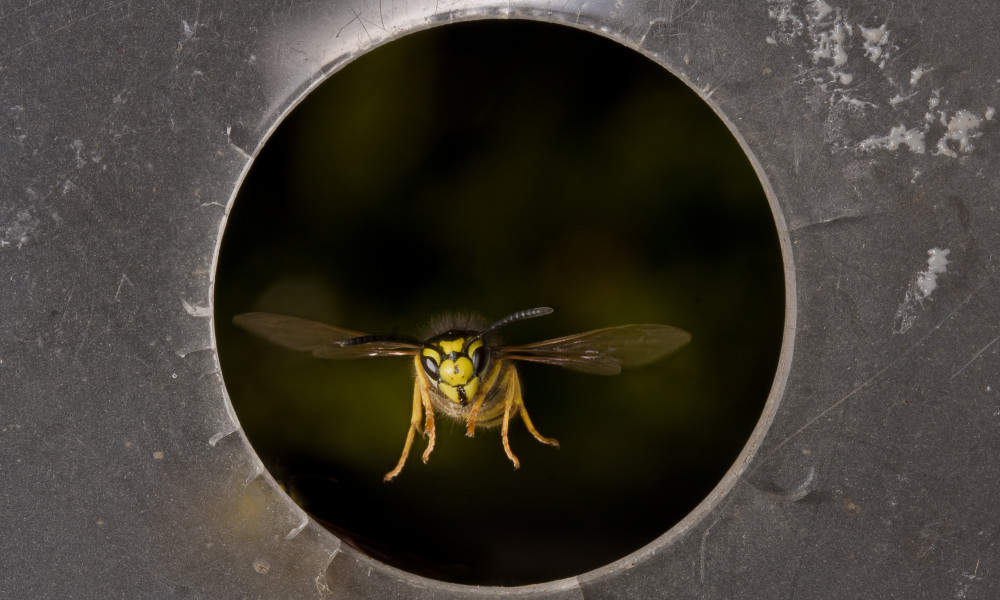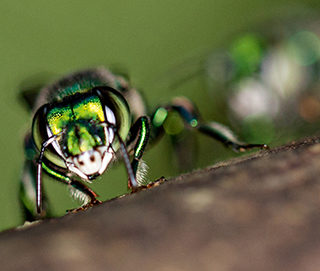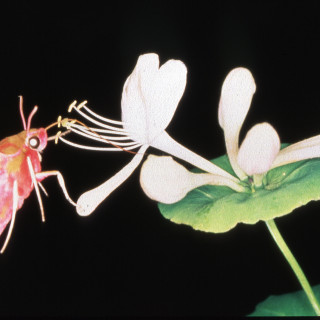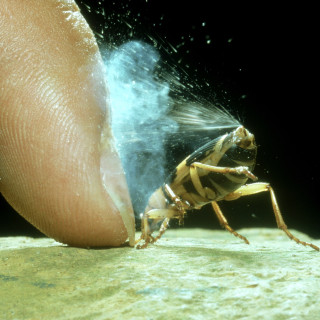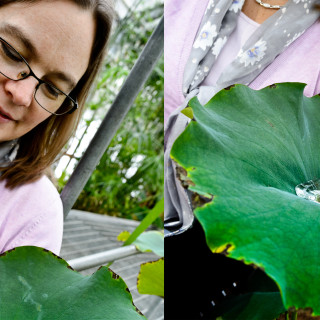Balancing act in the air
All animals need some form of warning system that prevents them from colliding with objects in their surroundings. The warning system helps them to continually regulate their speed and determine their distance from objects. The Vision Group at the Department of Biology in Lund studies how insects control their progress using their sight. The results are finding a practical use in the development of control systems for small aerial robots.
Small aerial robots, or drones, already exist, but without in-built steering they cannot fly in environments where they risk colliding with obstacles. Besides obstacles, they also have to be able to deal with winds that affect their speed and direction.
“Flying insects are an ideal object of study to develop a control system of this kind”, says Marie Dacke, a reader at the Department of Biology. “They can perform advanced flying manoeuvres, but with their small brains they cannot take in all the information in their surroundings, so they have to filter it and sift out the most important information. In the Vision Group, we study how they do this.”
As if surroundings were flying past
“Bumblebees use ‘optical flow’ to avoid colliding with their surroundings”, explains Christine Scholtyssek, a researcher in the Vision Group.
Optical flow can be described as the perception that surrounding objects move when the bee flies past them. The bee therefore has a reversed view of the world – as if the bee remained still and the objects were speeding past. The closer a bumblebee comes to an object, the faster it appears to move, i.e. the optical flow becomes stronger. If the optical flow in the right eye suddenly becomes much stronger than in the left, the bee will turn left to reduce the risk of a collision.
“Bumblebees have to balance the optical flow between their two eyes all the time”, says Christine Scholtyssek.
From theory to practice
In order to test how bees control their flight path, they have been flown through a tunnel in which they are exposed to different sights and different types of still or moving obstacles. The insects’ movements are recorded using high-speed cameras and their flight path can then be reproduced in three dimensions.
The results of these experiments are used to develop biological principles for how insects control their flight using their vision and how they avoid obstacles. The principles can then be converted into mathematical models. Based on these models, other researchers can develop small, light control systems for uses such as in drones.
Marie Dacke and Emily Baird from the Vision Group collaborate with researchers at the Swiss Federal Institute of Technology, Lausanne, in the development of aerial robots.
“We think allowing solar-powered aerial robots to make short-range deliveries of books, medicines and other small goods is not only a quick and economic shipping method, but it could also help reduce environmental and traffic problems in major cities. In other parts of the world, people are already trialling delivery of library books to lenders’ homes using a drone”, concludes Marie Dacke.
Text: Lena Björk Blixt and Pia Romare
Published: 2014
Facts
-
Optical flow
-
A clear example of the perception that your surroundings are moving when it is actually you who are in motion (optical flow) is when you travel by train and the surroundings appear to rush past the window.


